
- Allows low pressure to increase grip
- Adds sidewall stability at low pressures
- Provides damping and superior ride feel
- Adds 500g to wheel weight
- Not cheap
CushCore is a tyre suspension system featuring some advanced closed cell technology and some bold claims surrounding riding faster, cornering harder and improving suspension performance. We liked the rim protection system for increased grip at lower tyre pressures whilst preventing tyre roll.
- Buyers guide to mountain bike tyres - get the best rubber for your MTB
- Is it worth converting your mountain bike to tubeless?
- The best four-piston disc brakes you can buy for all-mountain, enduro and trail MTBs
Called a tyre suspension system rather than rim protection (although it does that too), CushCore works in a way that sees the pressurised air in the tyre as the spring and CushCore as the tyre damper. They say its a dynamic damper too, supple on small bumps and firm on big hit thanks to the T-shaped, closed cell, foam ring wrapped around the rim. The claims are bold, CushCore says you get:
- a 12% smoother ride
- 35% stiffer sidewall
- 25% reduction in tyre roll
- Suspension works 16% more efficiently
- 3.2% less rolling resistance
- 50% more rim protection
The kit we used was the CushCore Pro which fits tyres 2.1-2.5" and rims 21-35mm wide, its available for 27.5 and 29er wheels and costs a not cheap £154.99, including valves. The set weighs 250g per insert, so you are looking at adding 500g to your wheel set up, not light so best paired with a lighter set of rims if you are lucky enough to be able to choose.
Fitting the CushCore is a daunting prospect but the horror stories emerging from workshops concerning this product and others like it are unfounded though. There is a 'knack' to fitting the inserts but after completing one wheel, the second will be a doddle. Using a tubeless taped rim, just remove the tyre, swap the valves to the CushCore one with additional holes in the base rather than the end, stretch the tyre insert over the rim bed where it will sit quite securely, then get ready with the tyre again. You then need to place the rim inside the tyre as normal and simultaneously pull the CushCore back and push the tyre bead down between the insert and the rim. It needs a rolling and pushing action to set the bead down into the rim bed rather than on the bead so the whole of the tyre can be seated, once you've got this dialled though, it's pretty easy.
Then just pump it up, setting the tyre pressures about 3-4psi lower than you might otherwise. I found the sweet spot was running pressures of 16psi up front and 18psi at the rear, I'm about 60kg with riding kit on.
When ridden back to back against another competitor (Nukeproof 'ARD) the benefits of CushCore are immediately noticeable, the ride quality is improved, small bumps are eaten up and the bike tracks the ground much better than without the insert. The insert allows you to reap in the benefits of running lower pressures, gaining grip and traction whilst protecting the rims and stopping the tyre from rolling. I started barreling into rock gardens with much more confidence that the tyre wouldn't a) puncture b)damage my rim or most importantly c)deflect wildly off a rock or such like. Additional grip is awesome but the way the tyre react to deflection in a much more controlled manner with CushCore inserted is the biggest performance benefit in terms of my riding.
Rather than feeling dull, the CushCore simply does provide a damped feel, it helps the bike feel planted without any squirm in corners or wallow when you hit a rock or other hard obstacle. In comparison, the Nukeproof offering, the CushCore dissipates vibrations better and provides more controlled rebound. If you've tried competitors and thought that a tyre insert might not necessarily be for you, I'd encourage you to think again and try CushCore.
I experimented with pressures as low as 14psi in the front and 16psi at the rear and found this to be a little too low, the bike felt noticeably less lively and a little vague when cornering. Increasing the tyre pressure slightly meant more precise steering and a faster rebound feel from the tyre which I preferred. It's worth noting though that I mostly tested the CushCore during the Spring/Summer months where the ground was pretty hard most of the time, it'd be interesting to see what adjustments I'd make for softer, muddier terrain.
Getting the tyre off with CushCore inserted isn't the easiest thing, but here's hoping you don't get a puncture when out and about or racing. There's plenty of foam, from that t-shaped construction, sitting over the edge of the rim so pinch flats should be a thing of the past. I haven't punctured in my testing time but I'm not one to regularly puncture anyway. Getting the tyre off with sticky sealant inside is going to require some muscle and perseverance, maybe a friend, but it is doable and it's the price you pay for the superior ride quality and tons of grip.
The weight penalty of 500g is pretty high (more than Huck Norris or Nukeproof Ard but less than Flat Tire Defender), especially when added to my already heavy set of Halo Ridgeline wheels. In an ideal world I'd spend on some lighter rims then add CushCore to minimise that weight penalty. Whilst we aren't in that ideal world though, I'm happy to run CushCore front and rear for my gnarlier trail rides and stomach the 500g, although I am running Specialized Grid carcass tyres front and rear rather than the tougher Black Diamond on the rear thanks to CushCore and I expect you'll be able to do the same. At £155, CushCore isn't cheap but if you are looking to increase grip, prevent tyre roll, add damping to the tyre and protect your rims, it'll be money well spent and will probably decrease your Strava times too.
You might also like:
- Your complete guide to the RockShox fork range
- Your complete guide to SRAM MTB drivetrains, from AXS and XX1 Eagle to NX
- Best mountain bikes for under £3,000 - capable trail bikes that won't break the bank





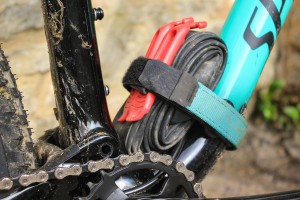
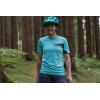


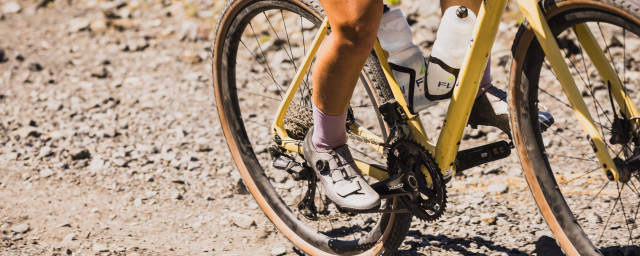


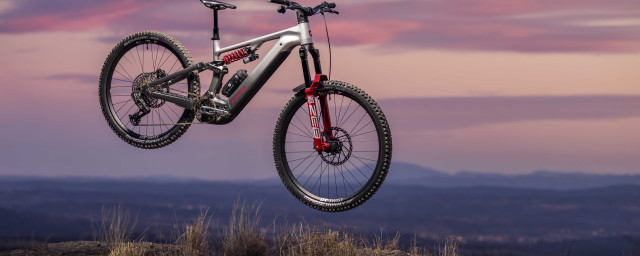

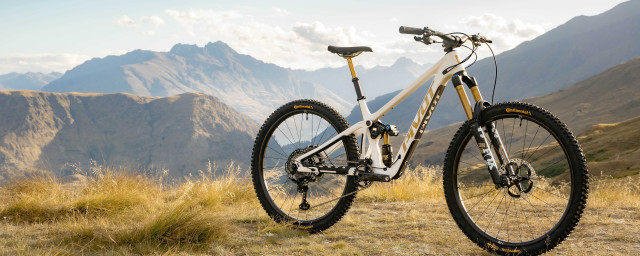
Add comment